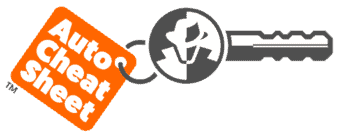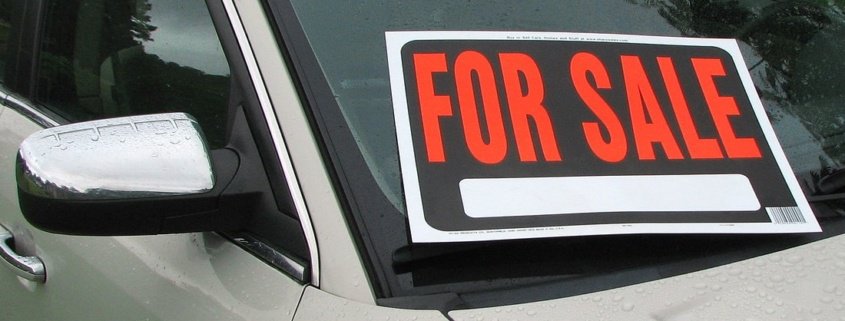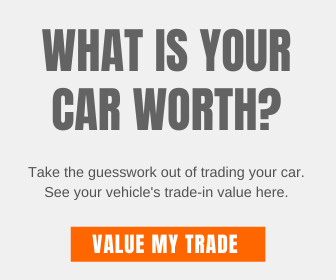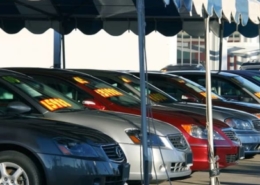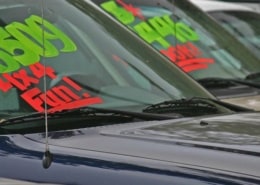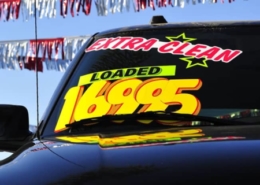10 Things to Inspect Before Buying a Used Car
Buying a used car instead of a new car can save you thousands of dollars. But if you buy the wrong car, it can cost you a lot more in the long run.
Ending up with a rebuilt wreck, salvaged, or a flood-damaged vehicle is not as uncommon as you might think. That’s because it’s difficult to spot the bad cars from the good ones.
How to Correctly Inspect a Used Car
Even if you buy a used car known for its dependability and reliability, it doesn’t guarantee that it’s going to be a good vehicle or it’s not been wrecked and put back together in the past.
It would be best if you always did your research before buying a new or used car. The two other things I’ve always highly recommended to my readers when purchasing a used car are:
- 1) Have the vehicle put on a lift and inspected by a certified mechanic.
- 2) Get and review the used car’s vehicle history report.
Doing these two things will significantly decrease the chance of purchasing a bad vehicle and keep you from paying costly repair bills in the future. The mechanic can tell you if the car has had any physical damage and if the mechanical systems are in working order. The vehicle history report will tell you if there are any discrepancies in the title or odometer history.
Before spending money on a mechanic and a history report, here are ten things you can do to pre-inspect a vehicle to ensure you’re not buying someone else’s nightmare.
If you’re looking to buy a new car, familiarize yourself with the most common car buying mistakes when buying a car from a dealership.
Ten Things to Inspect Before Buying a Used Car
1) Visually Inspect up-close – Look for paint lines created by masking tape around windows, fenders, trunk, and engine compartment. Run your fingernail across the paint line to see if your nail catches on it. Keep an eye out for scratches, dings, or dents in the body. Also, look for signs of rust in the creases or folds.
2) Check out the paintwork – Inspect the paint and watch for runs, sanding marks, trash in color, or orange peel (wavy lines that look like an orange). Look for overspray dust on the tires, glass, and muffler, inside the door jambs, or the mechanical systems under the vehicle. Step back from the car and ensure the paint finish is uniform and even. It’s not uncommon to see a door or trunk hatch a slightly different color than the rest of the vehicle.
3) Bondo magnet test – Bring a small magnet with you if you notice paintwork from the signs above. You can use it to run across the suspect area. If the magnet doesn’t pull towards the car, Bondo or body filler may be in that area, indicating the vehicle has been repaired. You can also do a “tap-test” with a dime. You can hear the difference in the sound when a dime hits metal versus Bondo.
4) Uneven gaps – Look at the gaps between the hood, doors, fenders, and trunk area. These gaps should be straight and even. If not, the vehicle may have been put back together incorrectly.
5) Check the muffler & tailpipe – Check the underside of the muffler. Make sure there’s not a hole in it. It would be best if you also inspected the tailpipe for any greasy or black residue. This may indicate the vehicle is burning oil, and this could be very costly in the future.
6) Look at the engine compartment – Inspect the engine compartment. Look for socket markings on the bolt heads where the fenders were restored. On the inside of the fenders, look for paint lines and overspray. Check the hood’s underside for any irregularities. Examine the car for any abnormal welds, damage, corrosion, or repairs caused by the collision. Also, please inspect for any packed mud or debris where it shouldn’t be.
7) Moisture in the lights – Look for moisture and condensation in the headlights and tail lights. Although it may not mean the vehicle has been underwater, it’s a good sign that if you like the car, you may want to investigate further.
8) Uneven wear – Look at the tires. If the tread is uneven, the vehicle has alignment problems. These problems may extend much further than just “needing an alignment.” These problems can be minor or as bad as having a bad frame, keeping the vehicle from ever being aligned correctly. Make sure you test drive the car, especially if the vehicle has brand new tires.
9) Rust and Corrosion – Check any folds and crevices that may hold standing water. Look for surface rust on bolt heads and hinges in door jambs. Inspect under the vehicle’s carpet and look at where the seatbelts connect to the floor. Another good place to look is in the trunk, where the spare tire is located.
10) Smell is a dead giveaway – When opening the vehicle for the first time, take a huge deep breath when entering the car. A moldy or musty smell indicates the vehicle has been submerged in the past. This will also work with the trunk area of a car.
Check a Used Car’s History Report
While the ten tips above apply to buying a new or a used car, used cars are more likely to have been in accidents and have hidden problems like flood damage. That’s why you should have any used car you want to buy inspected by an independent certified mechanic and run a history report on any vehicle you have a strong interest in.
You can find several history services online. However, they are not all created equal. I strongly recommend using a company such as AutoCheck Vehicle History Reports for reviewing the used car history you’re interested in purchasing. Their data is backed by Experian and is used by automotive industry experts daily to get the information they need to buy and sell the most trusted vehicles.
You can read more about these reports, how much they cost, and what’s included in my complete guide on used car vehicle history reports.
In Summary
These telltale signs will decrease your chances of buying a bad used car, but they’re not a substitute for having a mechanic check out the vehicle and review its history before buying it.
If you’re in the market for a used car, I recommend using an online listing service like Ryde Shopper and Motor Trend to research and compare vehicles online. These sites will allow you to see what others are paying for the exact vehicle you’re considering in your local area. You can even request a free no-obligation price quote from a dealership once you find a car you’d like to purchase.
